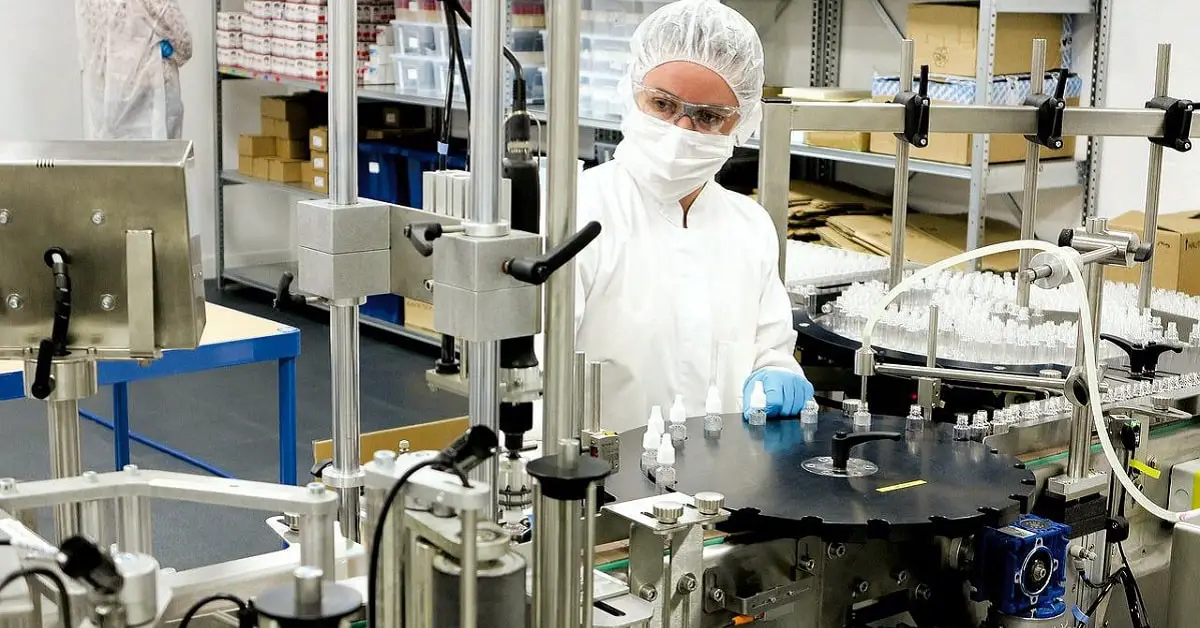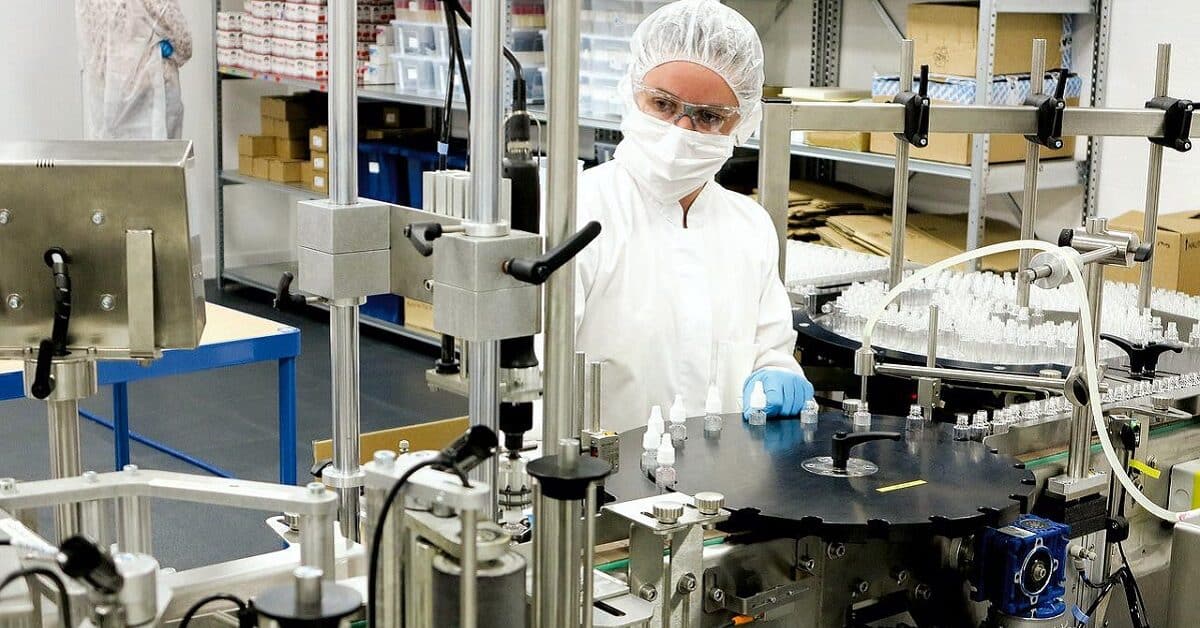
Manufacturers are marketing vape juices containing nicotine salts as an alternative to freebase nicotine.
Nicotine salts have gained popularity among new and experienced vapers seeking a milder throat hit experience at higher nicotine strengths.
Salts also reportedly promote higher levels and faster rates of nicotine delivery to the system without unpleasant effects, such as a harsh throat hit, chest irritation, and bitter taste.
Producers make nic salts by adding organic acids (such as benzoic acid) to natural or synthetic nicotine.
The weak acid lowers the pH (alkalinity) of the freebase preparation, making possible a milder throat hit experience.
This article covers everything you need to know about nicotine salts (see list of contents below).
We answer your questions in sufficient detail to help you gain a deep insight into the subject without getting lost in a confusing maze of technicalities and science jargon.
We offer additional information for readers interested in further details about the chemistry behind nicotine salts.
However, we take care to keep it simple. You need only a high school chemistry background to follow.
We also address your concerns about the adverse health effects of nicotine salts (Read: Are nicotine salts safe?).
Contents:
What is nicotine salt?
–Is nicotine salt like table salt?
–Pure nicotine is a weak base
Nicotine salt vs. freebase
–Freebase+benzoic acid yields nicotine salt
Differences between salt and regular nicotine?
Lactic and benzoic acid in vape juice
Benzoic acid and nicotine strength
Synthetic vs. salt nicotine
–Chemical differences
–Flavor and vaping experience
Disclaimer
This article is only for informational and educational purposes.
CARE healthy living does not recommend or promote the use or sale of nicotine salts and vape products.
Studies have shown that vaping nicotine harms your health (Read: Is vaping better than smoking?).
We cite only peer-reviewed research articles published in leading academic journals and other authoritative sources.
However, this article is not intended as a substitute for advice by a qualified medical professional.
We recommend that you consult your healthcare provider regarding concerns about your health.
You may learn more about the harmful effects of vaping, tobacco, and nicotine products here:
Is vaping less harmful than smoking?
How does nicotine affect brain development?
Adverse health effects of tobacco products
Get help to quit smoking and vaping
What is nicotine salt?

Nicotine salts –also known as salt nicotine, nic salt, or salt nic– are salts produced by mixing freebase nicotine with a weak acid.
Freebase nic is the simplest chemical form of the substance extracted from tobacco leaves or synthesized in a lab.
The first generation of vape juices consisted of freebase dissolved in solvents such as propylene glycol (PG) and vegetable glycerine (VG).
However, producers have recently created nic salt-based vape juices by adding a weak acid, such as benzoic acid, to the vape juice formulation.
Is nicotine salt like table salt?
Nicotine salts are not the same as the table salt (sodium chloride) you add to your food to improve the taste. Unlike table salt, nic salts are bitter substances.
The term “salt” is used in chemistry to refer to a class of compounds with chemical characteristics similar to table salt.
You may recall from your high school chemistry that salts are substances formed by reacting an acid (such as hydrochloric acid, HCl) with a base (such as sodium hydroxide, NaOH):
Equation 1:
NaOH (sodium hydroxide base) + HCl (hydrochloric acid) –> NaCl (sodium chloride or common salt) + H20 (water)
[Note: Hydrochloric acid is a strong acid, while sodium hydroxide is a strong base.]
You may also recall from your high school chemistry that a base is a chemical species that donates an electron, releases a hydroxide ion (OH–) in solution, or accepts a proton (H+).
An acid is a chemical species that donates a proton (a positively charged particle or H+) or accepts an electron (a negatively charged particle).
A salt consists of a positively charged ion (cation) derived from a base and a negatively charged ion (anion) derived from an acid.
Sodium chloride (common salt) produced by the base+acid reaction in Equation 1 (see above) consists of two ions (in solution): a positively charged sodium ion (Na+) and a negatively charged chloride ion (Cl–).
Pure nicotine is a weak base
Pure nic is a base like sodium hydroxide. However, it is a much weaker base.
It can react with a weak acid, such as benzoic, citric, or lactic acid, to produce salt nic, as shown below:
Equation 2:
Nic (base) + Acid (benzoic acid) –> Salt (conjugate acid) + Conjugate base (see Fig 1: Duell and associates, 2020)
The Bronsted-Lowry acid-base base reaction (Equation 2) may be summarized as follows:
Equation 3:
Acid + Base –> Conjugate acid + Conjugate Base
Nicotine salt vs. freebase

In Equation 2, the conjugate base is the negatively charged ion formed when benzoic acid donates a proton (positively charged particle, H+) to freebase nicotine to form the salt (see Fig 1: Duell et al., 2020 for an illustration of the reaction).
When freebase nic accepts a proton, it becomes ionized and thus more stable.
Nic salt is the conjugate acid created when benzoic acid gives up its proton to the base.
The salt is the conjugate acid of the freebase. It has gained a proton and acquired an ionic charge. The ionic species can release or donate a proton to another base species (such as ammonia).
The process of adding a proton to nicotine to create the salt is called protonation.
[Note: Protonation occurs when a base gains a proton (or a hydrogen cation, H+) to form a conjugate acid.]
Thus, chemists refer to nicotine salt as protonated and freebase as deprotonated or unprotonated.
Protonated nicotine has an ionic charge. It is sometimes referred to as “bound” because it has acquired a stabilizing ionic charge and lost its volatility (Duell et al., 2020).
Unprotonated nic is described as “free” (hence the term “freebase”) because it is “unbound” and volatile.
Freebase nic+benzoic acid yields nicotine salt
Equation 4:
Nic base + Benzoic acid –> Salt (conjugate acid) + Conjugate base
Duell and colleagues (2020) summarized the nic+benzoic acid chemical reaction as shown below:
Equation 5:
HA (benzoic acid) + Nic (base) = A– (conjugate base) + NicH+ (salt)
Differences between regular nicotine and salt?

Nicotine salt is the prevalent form of the substance in the tobacco plant and the dried tobacco leaves.
However, producers extract nicotine from tobacco leaves by deprotonating the salt to release the freebase.
According to Duell and associates (2020), nicotine occurs in two forms:
- Freebase (unprotonated)
- Salt (protonated)
There are two types of protonated nicotine salt:
- Monoprotonated (NicH+) and
- Diprotonated (NicH22+) salt
The two types represent two stages of protonation:
Freebase nic contains two nitrogen atoms (see the molecular structure of freebase nicotine here).
Nicotine can add a proton to one nitrogen atom (as shown in this illustration) to form a monoprotonated species (NicH+).
It can also go on to add another proton to the second nitrogen atom to form a diprotonated species (NicH22+).
You are more likely to get significant amounts of the diprotonated species when there is an excess of acid over nicotine or when the acid is strong (Duell et al., 2020).
As previously stated, nicotine exists as the salt in tobacco plants and dried leaves.
Tobacco leaves maintain most of their nicotine in the salt form because it is more stable than the freebase.
Freebase is volatile. Tobacco plants and leaves will rapidly lose it to the atmosphere if not converted to salt.
Because nicotine is a weak base, it reacts with naturally occurring organic acids in tobacco leaves to form a stable salt. The type of salt formed depends on the acid involved.
Lactic and benzoic acid in vape juice
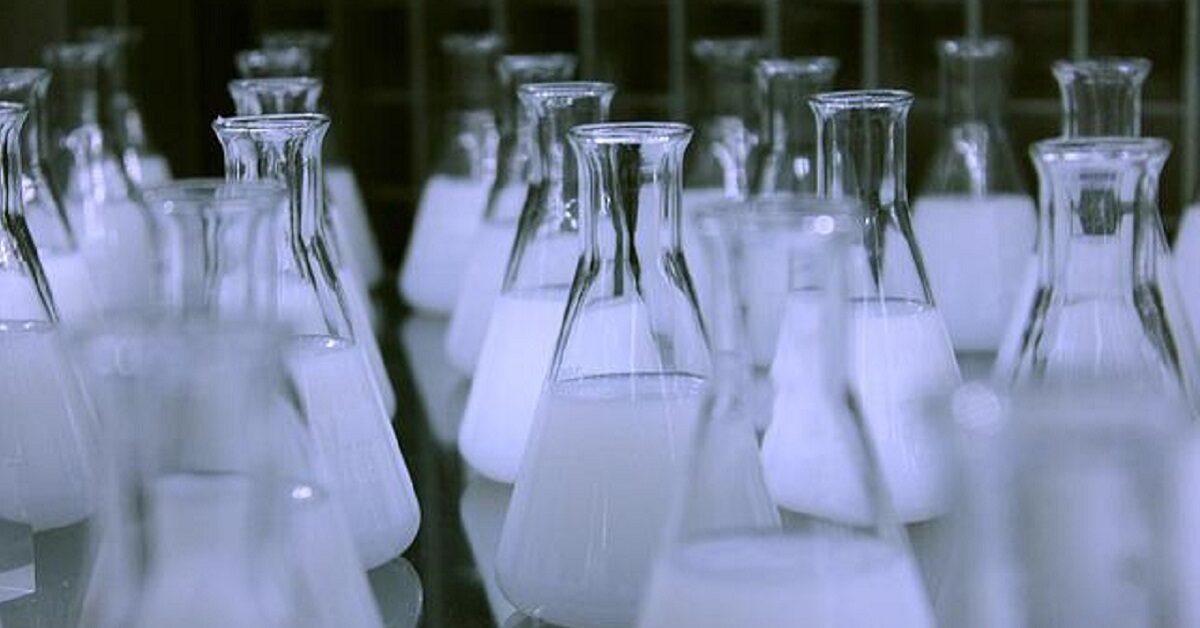
Harvanko and colleagues (2020) conducted a study to identify the types of acids used by vape juice manufacturers.
They conducted analytical tests to identify the organic acids in 23 commercially available e-liquid products that manufacturers advertised as containing nicotine salts.
Based on analysis using liquid chromatography-mass spectrometry and gas chromatography-mass spectrometry methods, they concluded that lactic and benzoic acids were the most commonly used organic acids.
They identified the following acids in vape juices:
[Note: The list progresses from the most to the least common]
- Lactic
- Benzoic
- Levulinic
- Salicyclic
- Malic and
- Tartaric acid
Seeman and colleagues (1999) reported that tobacco leaves contain salt nic formed from “natural tobacco carboxylic acids” (all the organic acids listed above are carboxylic acids).
Citric acid is another carboxylic acid found naturally occurring in tobacco leaves (see Leffingwell J.C., 1999, via Phillip Morris-prepared document, 2005).
What is freebasing?
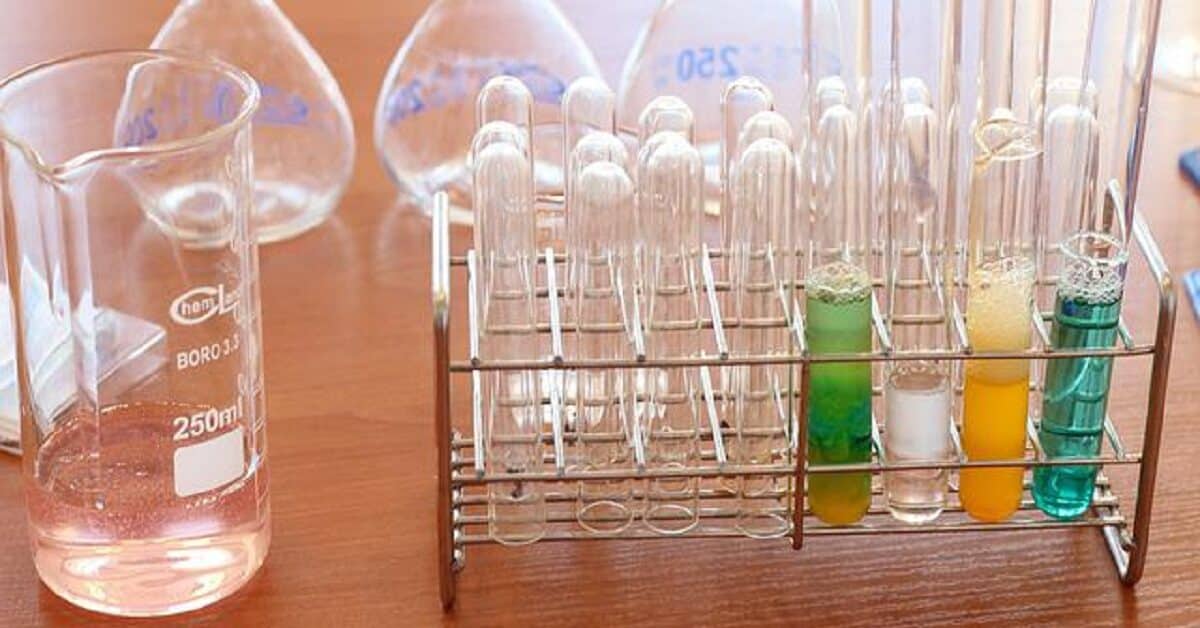
Cigarette manufacturers want nicotine delivered to smokers in a form readily absorbed when tobacco leaves are smoked.
So, beginning in the 1930s, they began adding ammonia (diammonium phosphate and other ammonia compounds) to cured tobacco (see Stevenson and Proctor, 2008).
Producers added ammonia to “free” the salt in tobacco leaves.
[Note: Freebasing means “freeing” nicotine by deprotonating the stable salt form.]
Ammonia (NH3) acts as a base by accepting a proton from nicotine carboxylic acid salt in cured tobacco leaves.
Accepting a proton from nicotine salt transforms ammonia into a positively charged (protonated) species [NH4+].
Losing a proton (deprotonation) transforms the salt into a volatile freebase.
Deprotonated nic is “free” because it is no more bound to a positively charged ion that helps stabilize it in tobacco leaves. It is volatile and passes readily into the gas phase when the tobacco leaves are smoked.
The freebase readily passes through membranes of the lungs into the circulatory system. It passes into the bloodstream, gets transported to the brain, and crosses the blood-brain barrier.
Vaping salts vs. freebase
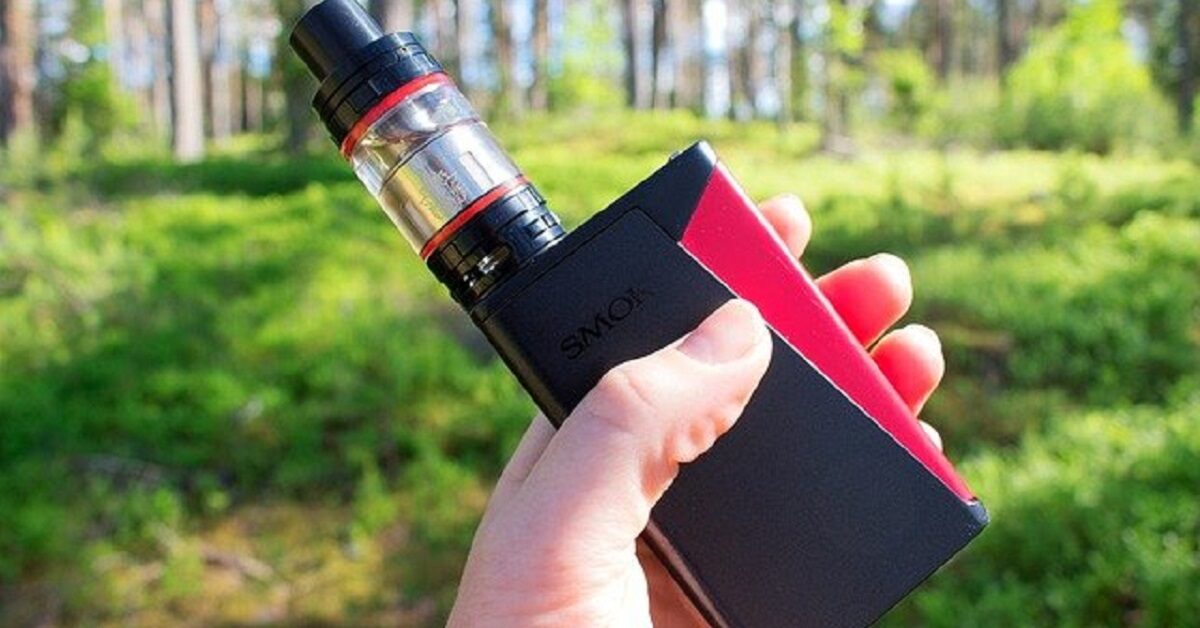
Freebase is the form of nicotine used in the first generation of vape juices. The nic salt in cured tobacco leaves is extracted as freebase using liquid ammonia.
Although freebase is the preferred form of inhaled nicotine when smoking cigarettes, the salt form has many advantages when used in vape juices.
The ionic salt is more stable in solution and less likely to oxidize. The aerosol has a gentler and less irritating effect on the throat, chest, and lungs. It is also less bitter than freebase.
These advantages explain why salt nic is now widely used as an alternative to freebase in vape juices (or e-liquids).
Many people new to vaping find the throat hit of freebase nic overwhelming and may experience a choking or gag reflex when they inhale the aerosol. Relatively inexperienced vapers turned off by the harshness may prefer the salt for vaping.
Leventhal and associates (2021) conducted a randomized clinical trial to assess the differences between the appeal and sensory experience of vaping with nic salts and freebase.
The study involved 119 adult nicotine and tobacco product users. The researchers asked them to rate their experience of puffs from e-cigarettes containing nicotine salt (with benzoic acid added) and freebase.
The subjects rated their experience with nic salt-based formulations higher in terms of appeal, sweetness, and smoothness. They also assigned lower ratings of bitterness and harshness.
The researchers concluded that adding acid to change freebase to salt enhanced the appeal and sensory experience of vaping.
Benzoic acid and nicotine strength
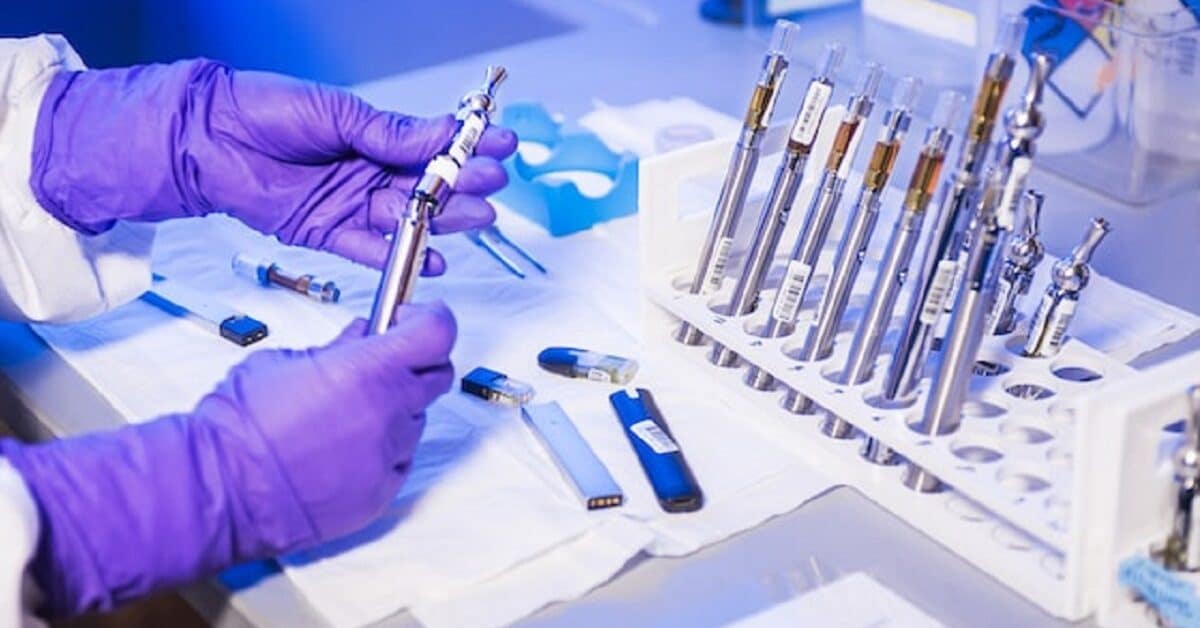
The first generation of vape juice consisted of freebase nicotine dissolved in a mix of propylene glycol (PG) or glycerol (GL).
However, freebase has a high pH (or alkalinity), making it deliver a harsher throat hit as nicotine levels increase.
The harsh throat hit of vape juices containing freebase nic compelled vapers to limit the nicotine strength.
But manufacturers soon discovered they could improve several aspects of vaping experience at higher strengths by adding benzoic acid to the vape juice formula.
Adding benzoic acid or other organic acids transforms the freebase into the salt.
The harsh throat hit of freebase is due to its high pH (alkaline). However, nic salts have a more neutral pH and are milder when vaped.
The milder and smoother throat hit means you can vape nicotine salt-based vape juices at higher strengths.
When mixed with vape juice, salts increase nicotine delivery and uptake.
Benzoic acid also lowers the temperature at which the salt vaporizes when heated.
Synthetic vs. salt nicotine
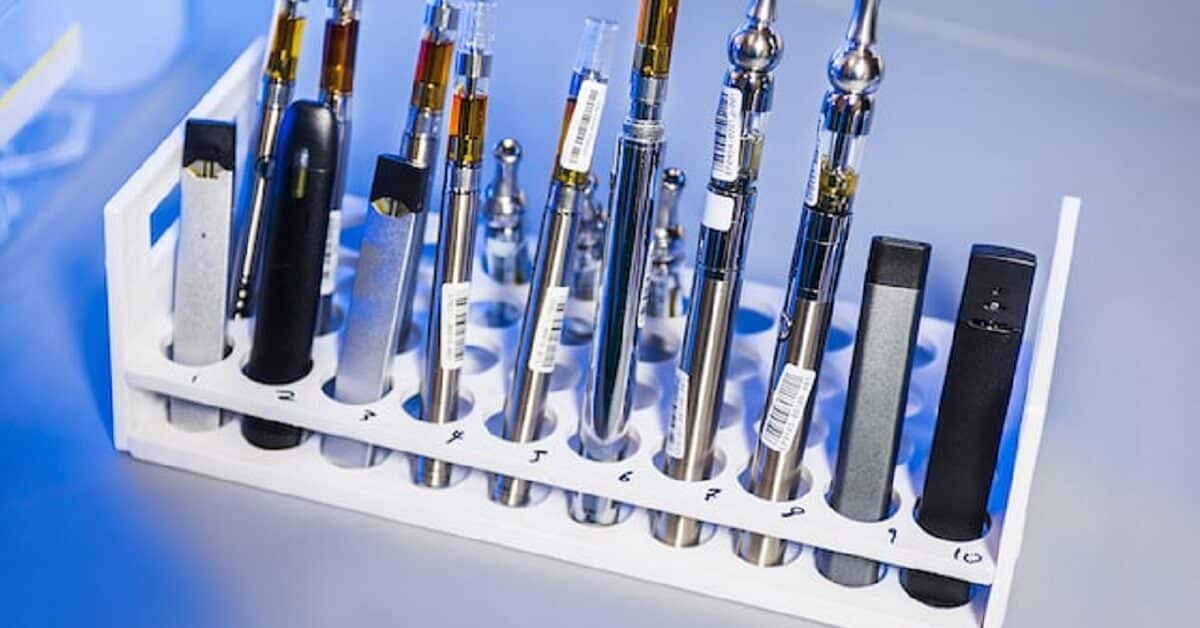
We shall consider the differences between synthetic nicotine and salt nicotine in terms of:
- Chemistry and
- Flavor
Chemical differences
Synthetic nic is freebase nic produced in the lab from chemical precursors (Read: What is synthetic nic?).
You can get freebase by creating it in a lab (synthetic S-nicotine) or extracting it from tobacco.
Manufacturers make salts by adding an acid (usually benzoic acid) to freebase.
There is no chemical difference between synthetic and tobacco-derived nic. Thus, from the chemical perspective, it does not matter which one you use in your vape juice formulation.
You can substitute one with the other to the same effect.
You may learn more about the differences between freebase and nicotine salt by referring to the preceding sections of this article listed below:
Differences between salt and regular nic?
Flavor and vaping experience
We have discussed the differences in vaping experience between freebase and nicotine salts (Read: Vaping with salts vs. freebase).
In terms of flavor, there could be a subtle difference between salts made from synthetic and tobacco-derived nic.
Experienced vape smokers say that synthetic nicotine has a more neutral flavor than natural (tobacco-derived) nicotine. That could be because the synthetic is purer than the natural.
Enriched tobacco-derived (natural) nic has trace impurities–such as TSNAs (tobacco-specific N-nitrosamines)–that may affect aerosol flavor.
Thus, salts made from pure synthetic nic will likely have a more neutral flavor than salts made from tobacco-derived nic.
However, this difference is subtle, and some vapers may not detect it.
Is nic salt synthetic?
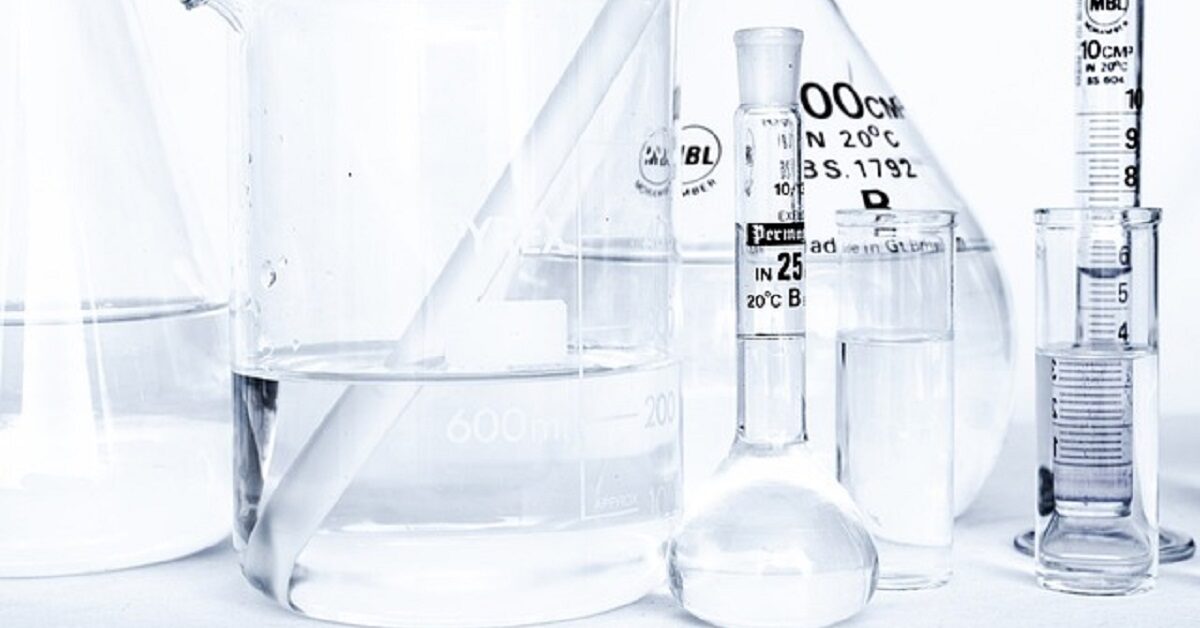
Nicotine salt is the naturally occurring form of the drug in tobacco plants and leaves. Producers extract nicotine from tobacco leaves in the freebase form using liquid ammonia as solvent.
Tobacco-derived nic is not synthetic. Thus, salts made by adding organic acids to vape juices containing tobacco-derived nicotine are not synthetic.
However, you may consider salts made by adding organic acids to vape juices containing synthetic freebase as synthetic salts.
Are nicotine salts safe?
Nicotine salts are not safer than freebase. The benefits of salts are only due to their ability to deliver a milder throat hit.
But the milder throat hit encourages users to vape at higher nicotine strengths.
Vaping at higher strengths increases the risk of adverse health outcomes.
The adverse health effects of nicotine use include (Mishra and colleagues, 2015):
- Increased risk of cardiovascular and respiratory disease
- Lowered immunity
- Increased oxidative stress
- Increased risk of mutagen-induced diseases, such as cancer (nicotine is a mutagen: It can induce DNA mutations and damage that lead to cancer)
You may learn more about the adverse health effects of vaping here.
Nicotine is also an addictive psychoactive drug. Increased nicotine strength makes salt-based vape juices potentially more addictive.

